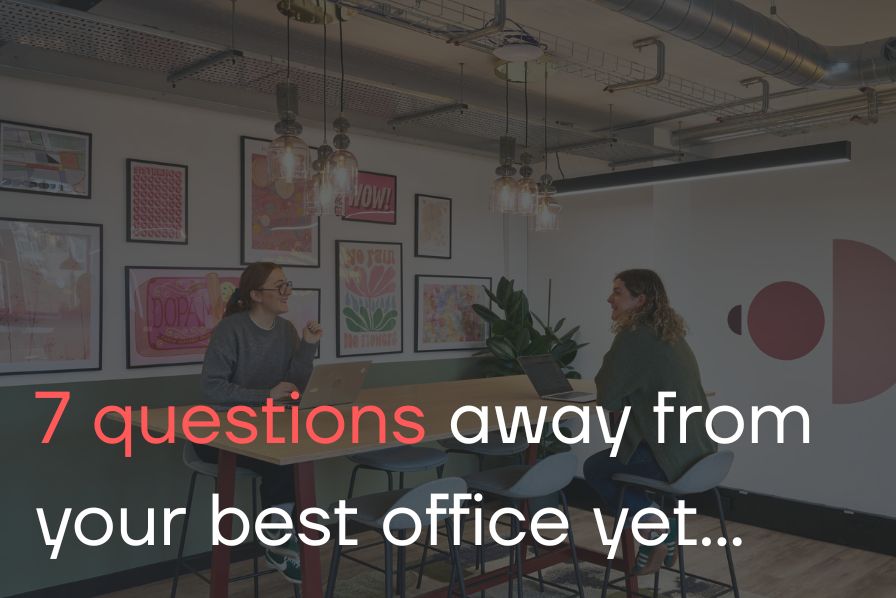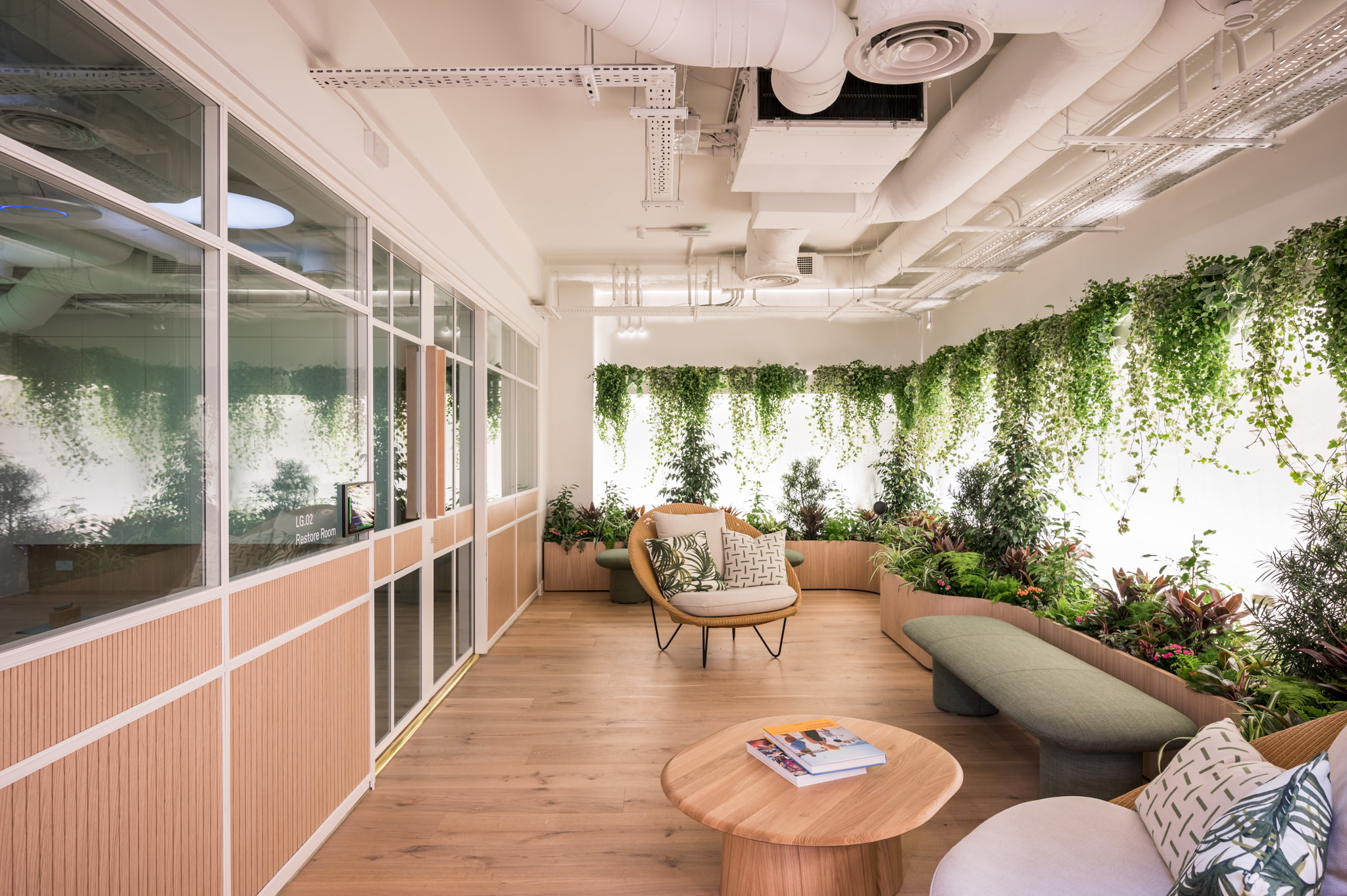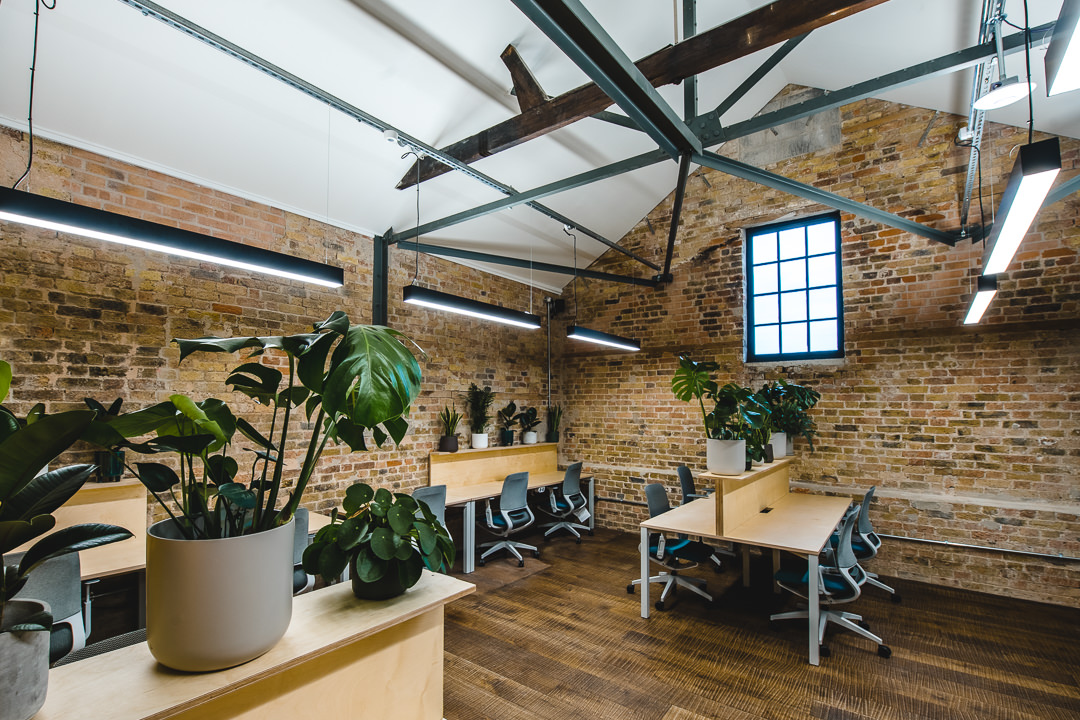5 Tips to Promote Diversity in the Office
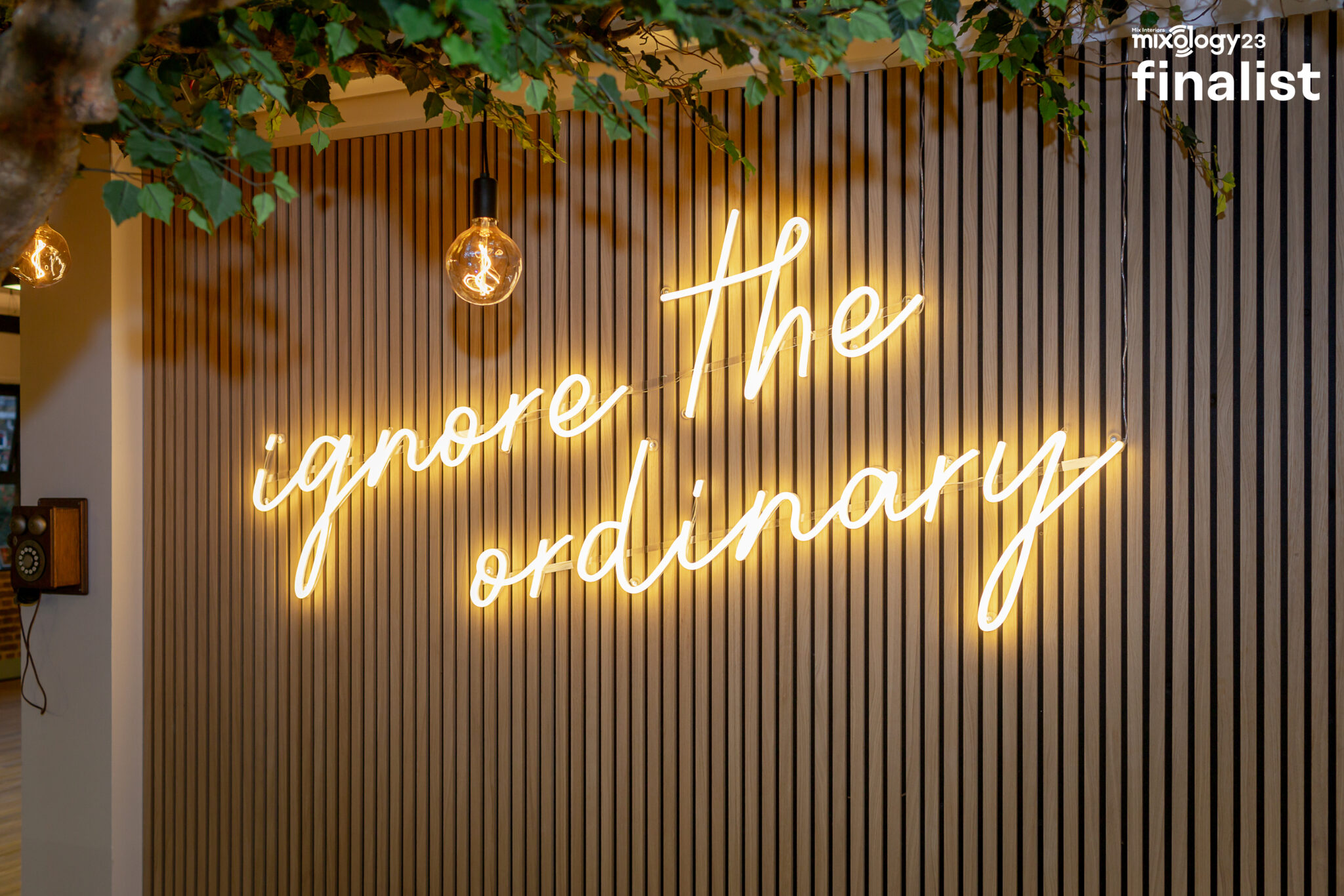
Do you know what diversity really means in the workplace? We all have a general idea, but when it comes to the specifics, things can get a bit blurry. Simply put, workplace diversity is all about embracing people from various backgrounds. It’s not just about culture; it covers gender, race, religion, ethnicity, age, language, and more. But here’s the thing: diversity is more than just hiring. In today’s world, it’s crucial to ensure everyone gets an equal shot at participating and engaging in the workplace. So, how can we bring diversity to the forefront? Let’s explore five ways to make it happen.
Take Part in Co-design
In recent years community planning and consumer electronics have progressed in addressing different people’s needs. But when it comes to workplace design, we still have some catching up to do in terms of working with people from diverse backgrounds. It’s not just about designing things for them; it’s about collaborating with them, listening to their experiences, and co-designing solutions together.
By actively involving individuals from diverse backgrounds in the design process, companies can tap into a wealth of insights, perspectives, and lived experiences that can enrich and enhance the outcome. This inclusive approach not only ensures that the diverse needs of employees are considered but also fosters a sense of ownership and belonging within the workforce.
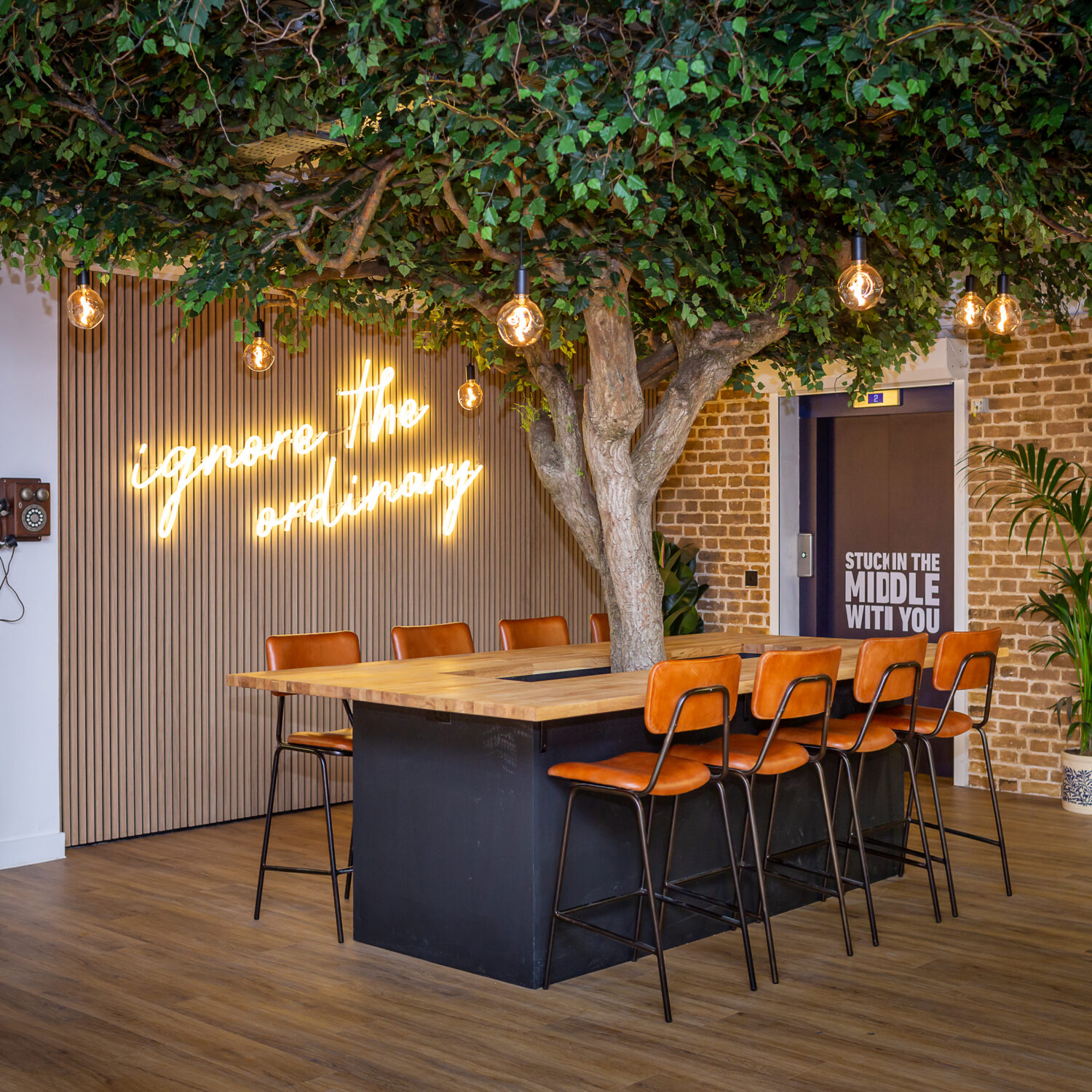
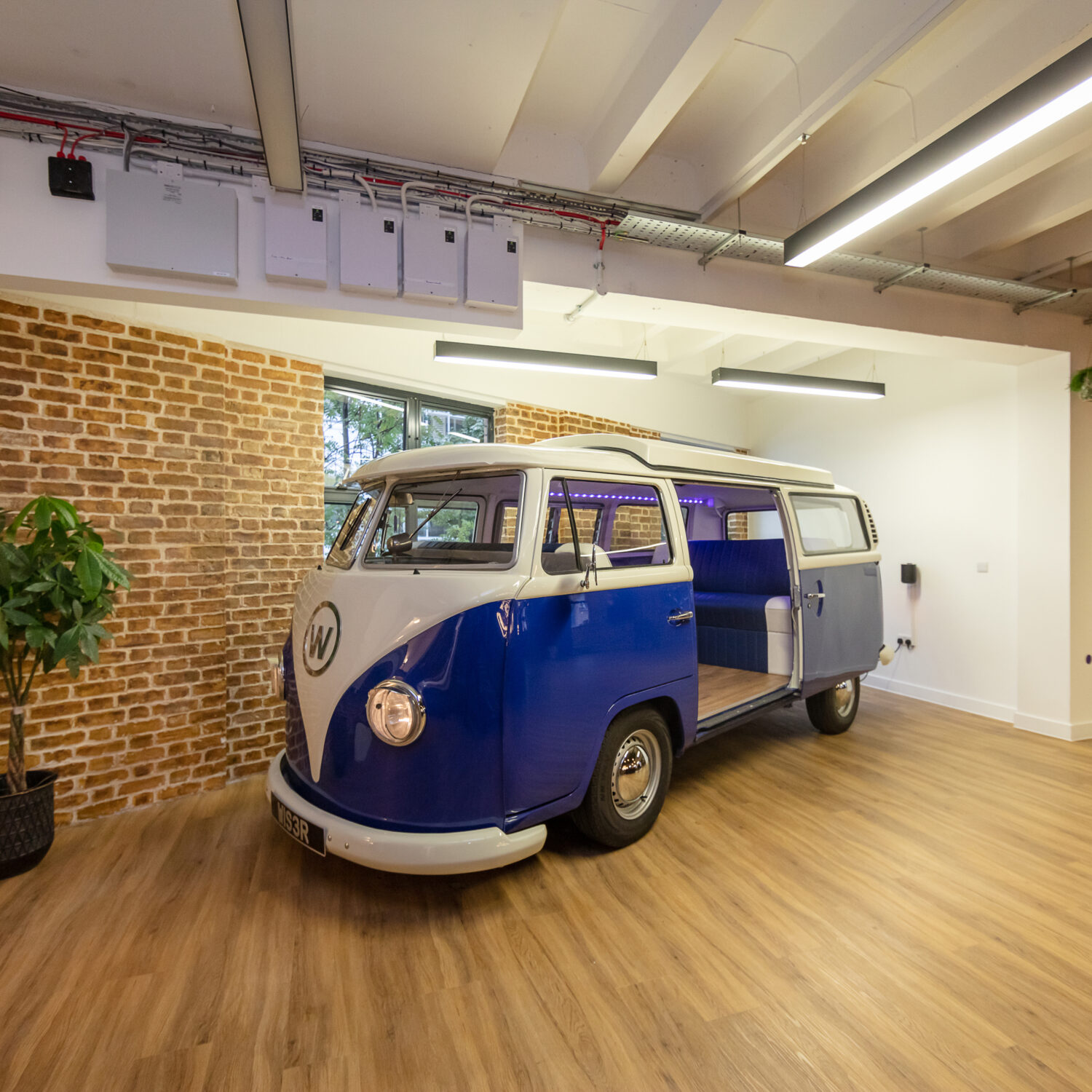
Quiet Private Spaces
Invisible diversity has become increasingly prominent in recent years. Neurodiversity is a good example. Neurodiversity recognises that the human brain does not conform to a singular mode. Neurological conditions, such as autism, exist on a broad spectrum with variations in learning, attention, and mood. According to the survey of Forbes Human Resources Council, there are around 15 to 20 per cent of workers are neurodivergent. Their environment can have a massive impact on their productivity and well-being. Certain things like noise, lighting, texture, smell, and temperature can either overstimulate or under-stimulate neurodivergent individuals. That’s why creating a workplace design that caters to their unique needs is crucial. Having private spaces where employees can work without distractions can make a world of difference. It’s not just about boosting diversity but showing that we care and respect each employee’s needs.
But here’s the thing, it’s not only neurodivergent workers who need privacy and quiet spaces to work. Research suggests that this is something many professionals want across the board. Even after the pandemic, when everyone wanted collaboration and social interaction, a dedicated zone where individuals can focus and enjoy the peace and quiet that they had at home is still highly valued.
Respect Religious Beliefs
Embracing diversity within the workplace can also be done through providing multipurpose spaces for those with religious beliefs. Muslims, for example, pray up to five times daily, so it’s important to have quiet and private rooms in the office design. This way, they can have their own space to pray during work hours. Considering employees’ religious beliefs is all about being inclusive and diverse. Plus, it helps those needing a private spot to pray feel comfortable and safe in their work environment.
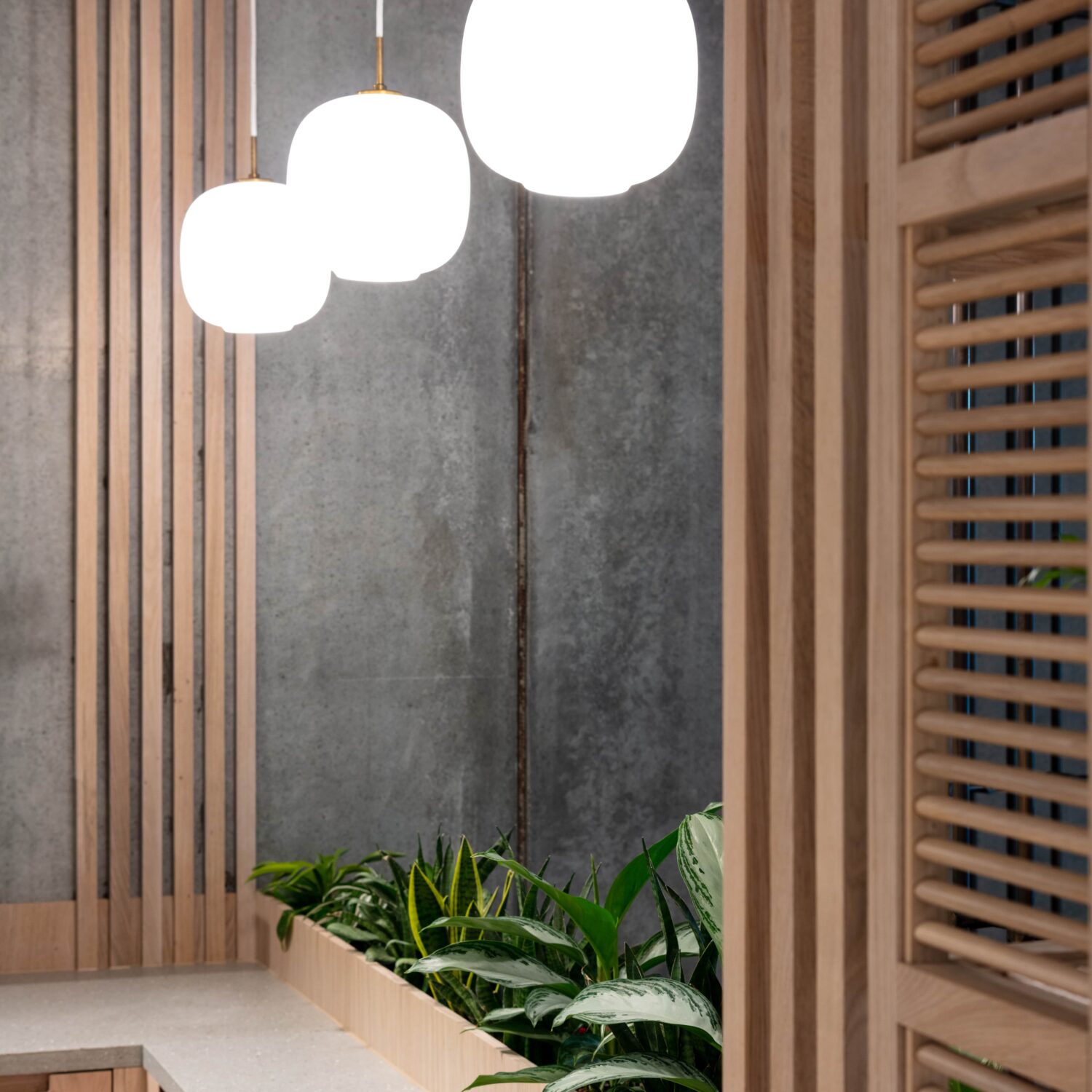
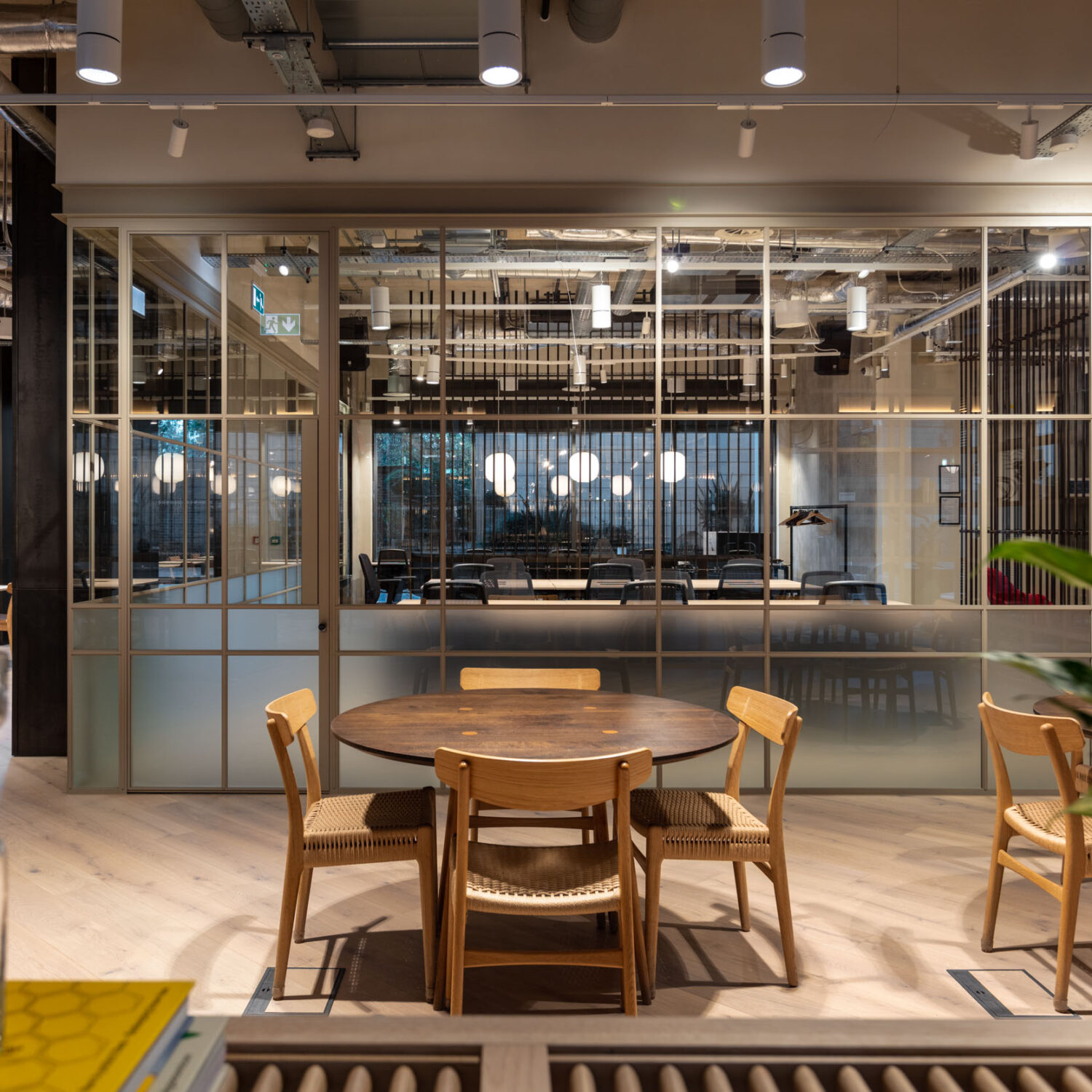
Make Technology Diverse
Technology is a major player in the workplace diversity debate. While technology can be beneficial in the workplace, it can also create barriers for certain groups in society. Let’s take facial recognition technology, for example. As an access control system for office buildings, it has been found to be less accurate when it comes to recognising non-white faces, effectively excluding people from entering the premises. This kind of exclusion is something we should actively avoid if we want to cultivate an environment that is genuinely inclusive and welcoming to everyone. By ensuring that our technologies are diverse and inclusive, we can truly harness their potential as enablers in the workplace while avoiding any unintended biases or exclusions that might arise.
Address the Ageing Worker
With the rising cost of living, many individuals choose to stay in the workforce longer, making it crucial to address the needs of the aging worker. Studies have shown that older workers don’t want design tweaks that make them feel all “old and feeble.” Instead, they crave inclusive design that benefits everyone. For example, creating a healthy work environment with abundant greenery and natural light and providing spaces that encourage movement and exercise. Incorporating ergonomic desks and chairs into the workplace design is also essential to prevent musculoskeletal injuries, which become more common as we age.
Ready to give your office space a major diversity upgrade? Click here and check out our office refurbishment services.
Want to get more ideas for your office design? Check our blog: 5 things to consider before your office interior re-design
